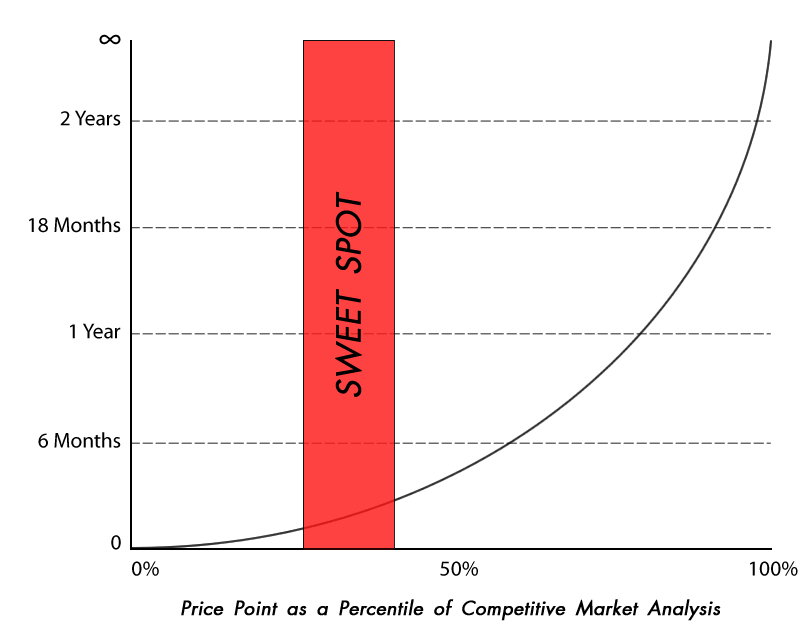 |
 |
 |
 |
 |
 |
 |
 |
Asset Conversion - Converting Idle Assets to Cash Idle assets take up space and often cost money to inventory, maintain and calibrate. Most importantly, they are an investment that isn’t producing When evaluating idle assets your first option should be redeployment within your organization. When internal redeployment isn’t feasible, you should consider what method of disposal will recover maximum value while also meeting your objectives for speed, transparency, and accountability. Cash Sale: AccuSource Electronics stocks one of the United States’ largest inventories of test equipment in our 21,000 sq/ft climate controlled warehouse. We maintain this huge inventory by actively purchasing idle assets. We offer fair prices and can often turn your surplus test equipment into cash in just a few days. We even buy non-working test equipment! Other asset resellers come to us when they need to sell test equipment. Why not cut out the middleman and come to us directly? Trade-in: It is often easier to trade your idle assets than to get capital budget approved to buy what you need. We give fair value for your trade-in and can apply the credit immediately toward a purchase or hold a credit for your future needs. We can also apply trade credit toward any of our other services such as repair, consulting, etc. Equity Reutilization: AccuSource can work with you to assist in the re-allocation of capital recovered from your surplus assets. These funds can be utilized to purchase New or Reconditioned equipment, or fund a service such as Repair, Calibration, Consultation, etc. This may be preferred over a cash disbursement that could be reintegrated into general funds and not returned to the department that owned the assets. Auction Services: This is generally the best solution for large quantities of equipment and where an open bidding process is required for transparency and items need to be liquidated in a short period of time. More Information
Consignment: When divesting assets the highest ROI (Return on Investment) can usually be achieved through a revenue sharing agreement where we inventory and take possession of the assets, and then market them at an agreed price in our retail facility. We recondition, test, accessorize, and guarantee assets so we can recover their full retail value. You retain ownership of all items until they sell, and we provide flexible reporting to meet your requirements for accountability. We work closely with clients to set sale pricing which meets their strategic goals by first determining a competitive price range among retail dealers, and by evaluating supply vs. demand for the product. Obviously when we price an item lower, we expect it to sell faster. You can view this like the APY (Annual Percentage Yield) of an investment. For instance, if an asset would sell for $1000 today or $1100 a year from now, you are earning a 10% APY on your investment by holding for the higher price. (Note the causal relationship differs from the investment model in that holding the asset longer does not cause the price to increase. Setting the price higher causes you to hold it longer.)
Of course, we can only estimate time to sell, and market prices tend to decline over time, therefore, we generally recommend a pricing strategy designed to move equipment at what we consider to be the “sweet spot” in order to maximize APY as shown in the sample graph above. |
| copyright 2010 - accursource electronics | inventory liquidation & auction services | asset conversion | asset management & lifecycle services | equipment sales | about us | contact us | development/hosting: beartoothweb |
 revenue for your company.
revenue for your company. 